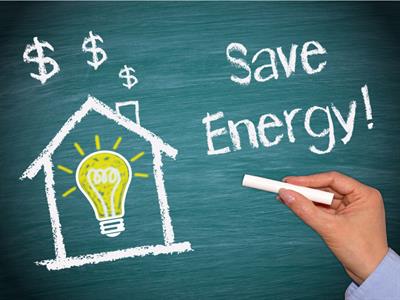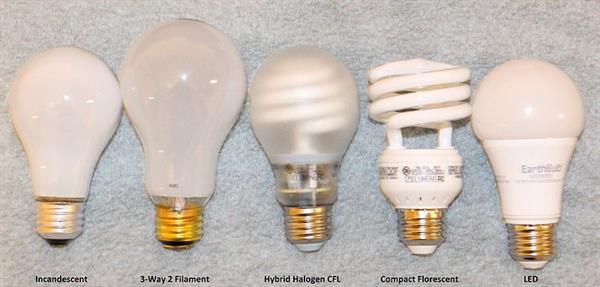PDF chapter test TRY NOW
How is electricity produced?
Generators produce electric power or electricity. A generator converts different forms of energy into electricity. There are various types of electricity generators.
Most of the world generates electricity from electric power plants using a turbine. The electricity generators are operated through turbines attached to them. In a turbine generator, turbines are rotated by steam (steam turbines), moving water (hydroelectric turbine), or wind power (wind turbines) to generate electrical energy.
The force of the water, wind or steam spins or rotates the blades of the rotor shaft of the generator. The generator, in turn, converts the mechanical (kinetic) energy of the rotor to electrical energy.

Steam turbines generate the majority of the world's electricity. In most steam turbines, fuel is burned in a boiler to produce hot water and steam, which is then used to power a turbine that drives a generator.
Hydroelectric turbines use the force of moving water to spin the blades of a turbine to power a generator. Most hydroelectric power plants use water stored in a reservoir or diverted from a river or stream. Wind turbines use the energy of the wind to propel the blades of a rotor, which then drive a generator.
Why conserve electricity?
It is difficult to lead our lives without electrical energy or electricity. Nowadays, it is difficult to imagine our lives without electricity. From a small phenomenon like lighting our houses to huge engineering applications, electricity is an integral part. Without electricity, most of our daily activities would come to a halt.
Due to the rapid depletion of non-renewable sources of energy, the conservation of electricity is necessary. Conservation of energy is required to not only cut down the costs but also to preserve the natural resources for future use.

Conservation of electricity
Conservation of electrical energy:
The following techniques can be implemented to save electricity at home and school:
1. Use energy-efficient appliances such as compact fluorescent lamps (CFL), light-emitting diode (LED) bulbs, and other electric equipment to save electricity.

LED and CFL bulbs
2. When not in use, turn off the lights, fans, television, and other electrical appliances.
3. Turn off the mobile phone chargers when not in use.
4. Maximise the usage of solar radiation to the fullest extent possible. Instead of electric geysers, solar water heating systems can be employed.
5. Minimise the usage of air conditioners.
Reference:
https://commons.wikimedia.org/wiki/File:Lightbulbs.jpg
